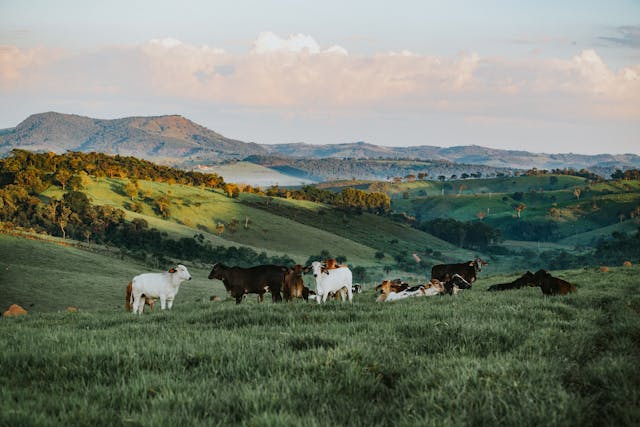Farmers grapple with the widespread impacts of toxic fescue, affecting millions of cattle across America.
A concerning agricultural development, a toxic variety of tall fescue grass is wreaking havoc across the U.S., particularly within the expansive “fescue belt” stretching from Missouri to the Carolinas. This exotic grass poses a significant threat to livestock, contributing to severe health issues among cattle, including loss of hooves, reduced weight gain, and diminished milk production.
Affecting over 15 million cows, this toxic grass has become a critical issue for the livestock industry, leading to an estimated $2 billion annual loss in production. The disorder, known as fescue toxicosis, has been identified as the most devastating livestock issue east of the Mississippi, significantly impacting the profitability and sustainability of farms within the affected regions.
Embed from Getty ImagesOriginally introduced as a resilient forage option in the 1930s, tall fescue was prized for its hardiness and ability to thrive on exhausted lands. However, the grass’s toxic effects, caused by a symbiotic fungal endophyte, soon became apparent. While efforts to mitigate the issue, such as engineering endophyte-free variants, have been made, they have failed to replace the toxic variety due to the grass’s loss of hardiness without the fungus.
The spread of toxic fescue is exacerbated by climate change, with warming temperatures allowing the grass to expand its territory into new regions, including northern Illinois and southern Iowa. This expansion introduces the problem of toxicosis to areas previously unaffected, compounding the challenge for farmers.
Addressing the issue involves two main strategies: introducing a “friendly fescue” variant with a benign endophyte and restoring native grasses and wildflowers. However, these solutions face significant hurdles, including cost, labour intensity, and cultural resistance within the agricultural community.
Despite these challenges, the push for a solution continues, with efforts to educate farmers on the benefits of transitioning to friendly fescue or native grasses. The debate reflects the broader concerns of the agricultural industry in the era of climate change, highlighting the need for sustainable and adaptable land use practices that safeguard the health of livestock and the environment.

